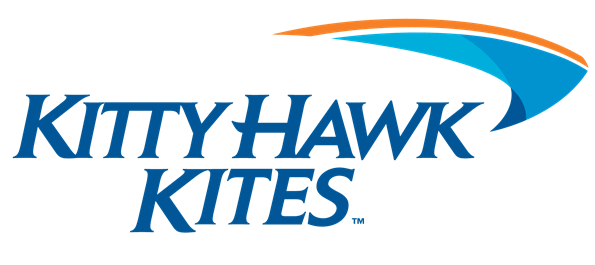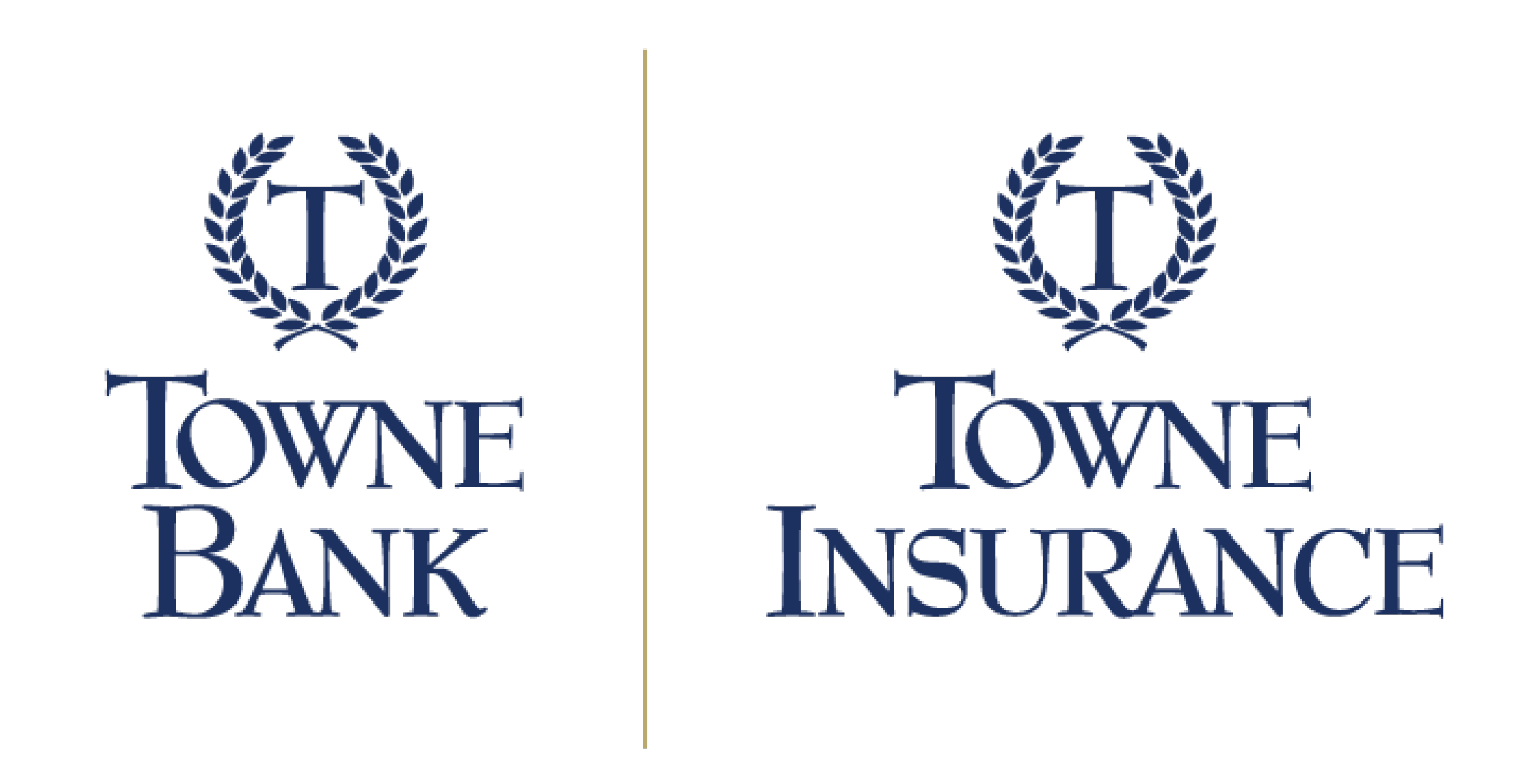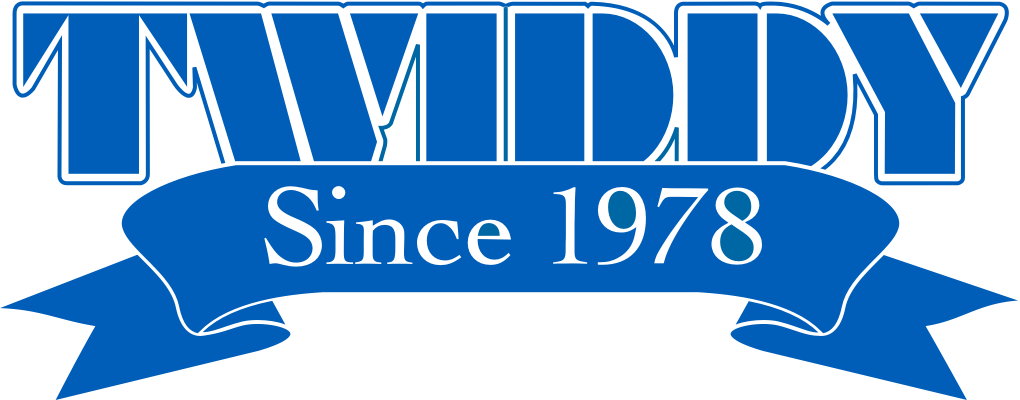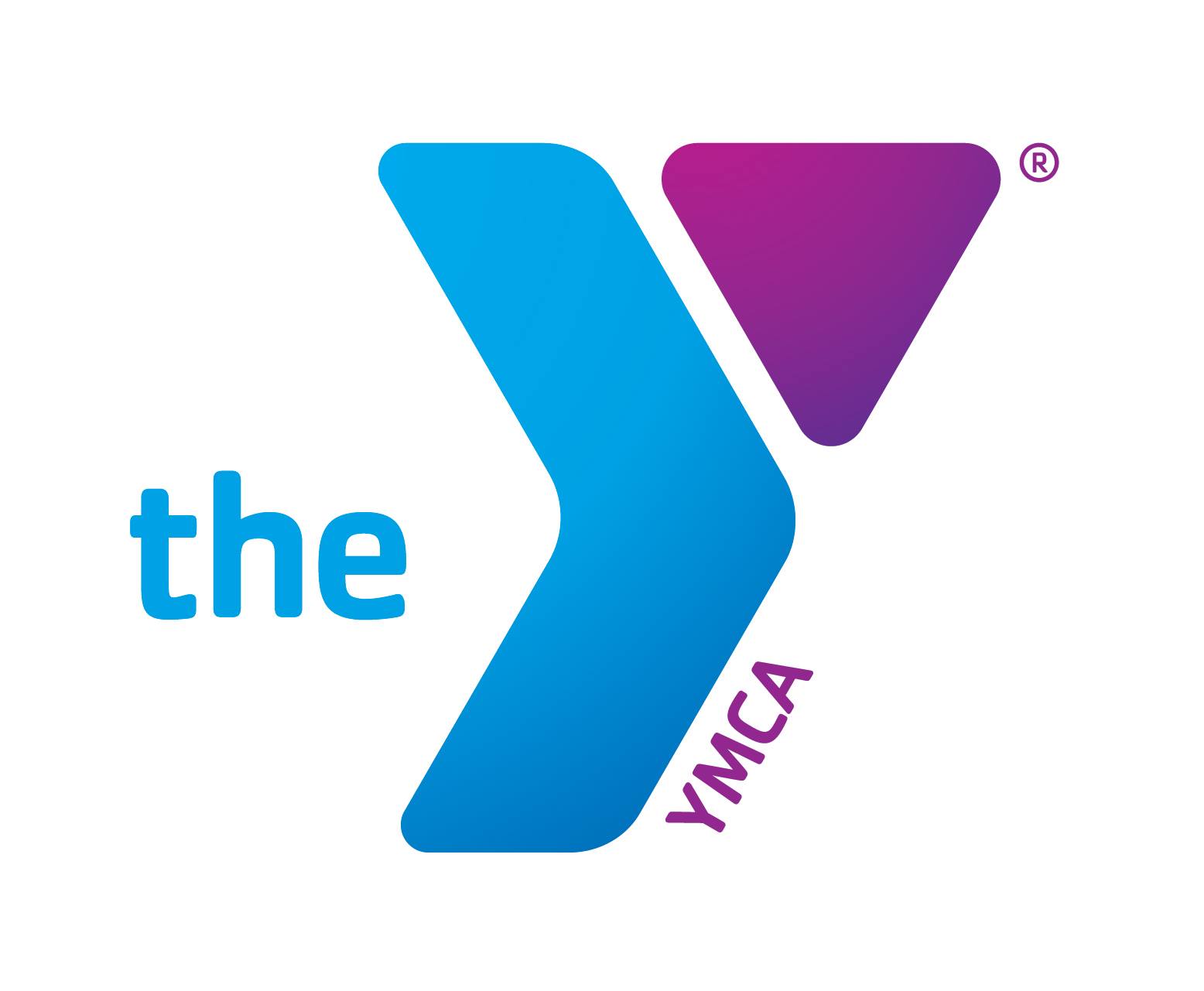Once taxpayers file their federal tax returns, they're eager for details about their refund. When it comes to refunds, there are several common myths that can mislead taxpayers.
Myth: Calling the IRS, tax software provider, or a tax professional will provide a more accurate refund date
Many people think talking to the IRS, tax software provider or their tax professional is the best way to find out when they will get their refund. The best way to check the status of a refund is online through the Where's My Refund? tool or the IRS2Go app.
Taxpayers can call the automated refund hotline at 800-829-1954. This hotline has the same information as Where's My Refund? and IRS telephone assistors. There is no need to call the IRS unless Where's My Refund? says to do so.
Myth: Ordering a tax transcript is a secret way to get a refund date
Doing so will not help taxpayers find out when they will get their refund. Where's My Refund? tells the taxpayer their tax return has been received and if the IRS has approved or sent the refund.
Myth: Where's My Refund? must be wrong because there's no deposit date yet
Updates to Where's My Refund? on both IRS.gov and the IRS2Go mobile app are made once a day, usually overnight. Even though the IRS issues most refunds within 21 days, it's possible a refund may take longer. If the IRS needs more information to process a tax return, the agency will contact the taxpayer by mail. Taxpayers should also consider the time it takes for the banks to post the refund to the taxpayer's account. People waiting for a refund in the mail should plan for the time it takes a check to arrive.
Myth: Where's My Refund? must be wrong because a refund amount is less than expected
There are several factors that could cause a tax refund to be less than expected. The IRS will mail the taxpayer a letter of explanation if these adjustments are made. Some taxpayers may also receive a letter from the Department of Treasury's Bureau of the Fiscal Service if their refund was reduced to offset certain financial obligations. Before calling, check Where’s My Refund or wait for the letter to understand why the change was made. This can help taxpayers know how to respond, if necessary.
Myth: Getting a refund this year means there's no need to adjust withholding for 2022
To help avoid a surprise next year, taxpayers should make changes now to prepare for next year. One way to do this is to adjust their tax withholding with their employer. The Tax Withholding Estimator tool can help taxpayers determine if their employer is withholding the right amount. Taxpayers who experience a life event like marriage, divorce, birth of a child, an adoption or are no longer able to claim a person as a dependent are encouraged to check their withholding. Taxpayers can use the results from the Tax Withholding Estimator to complete and submit a new Form W-4, Employee's Withholding Certificate, to their employer as soon as possible. Withholding takes place throughout the year, so it’s better to take this step as soon as possible.
For the first time, maximum educator (teacher) expense deduction rises to $300 in 2022; limit $250 for those filing 2021 tax returns.
IRS has $1.5 billion in refunds for people who have not filed a 2018 federal income tax return; April deadline approaches.
Reasons why some tax refunds filed electronically take longer than 21 days
WASHINGTON – Even though the Internal Revenue Service issues most refunds in less than 21 days for taxpayers who filed electronically and chose direct deposit, some refunds may take longer.
Many different factors can affect the timing of a refund after the IRS receives a return. A manual review may be necessary when a return has errors, is incomplete or is affected by identity theft or fraud.
Other returns can also take longer to process, including when a return needs a correction to the Child Tax Credit or Recovery Rebate Credit amount, includes a claim filed for an Earned Income Tax Credit or an Additional Child Tax Credit, or includes a Form 8379, Injured Spouse Allocation , which could take up to 14 weeks to process.
The fastest way to get a tax refund is by filing electronically and choosing direct deposit. Taxpayers who don’t have a bank account can find out more on how to open an account at an FDIC-Insured bank or the National Credit Union Locator Tool.
The IRS cautions taxpayers not to rely on receiving a refund by a certain date, especially when making major purchases or paying bills. Some returns may require additional review and may take longer. Also, remember to take into consideration the time it takes for a financial institution to post the refund to an account or to receive it by mail.
To check the status of a refund, taxpayers should use the Where’s My Refund? tool on IRS.gov. Information for the most current tax year filed is generally available within 24 hours after the IRS acknowledges receipt of a taxpayer’s e-filed return. If they filed a paper return, taxpayers should allow four weeks before checking the status.
The IRS will contact taxpayers by mail when more information is needed to process a return. IRS phone and walk-in representatives can only research the status of a refund if it has been:
- 21 days or more since it was filed electronically (or since the IRS filing season start date – whichever is later),
- Six weeks or more since a return was mailed , or when
- Where's My Refund?tells the taxpayer to contact the IRS.
Before filing a return, taxpayers should make IRS.gov their first stop to find online tools to help get the information they need to file. The tools are easy-to-use and available anytime. Millions of people use them to help file and pay taxes, find information about their accounts, get answers to tax questions and get tips on filing a return.
2020 tax returns
Waiting on a 2020 tax return to be processed? People whose tax returns from 2020 have not yet been processed should still file their 2021 tax returns by the April due date or request an extension to file.
Those filing electronically in this group need their Adjusted Gross Income, or AGI, from their most recent tax return. For those waiting on their 2020 tax return to be processed, make sure to enter $0 (zero dollars) for last year's AGI on the 2021 tax return. Visit Validating Your Electronically Filed Tax Return for more details.
Also, when self-preparing a tax return and filing electronically, taxpayers must sign and validate the electronic tax return by entering their prior-year Adjusted Gross Income (AGI) or prior-year Self-Select PIN (SSP). Those who electronically filed last year may have created a five digit Self-Select PIN to use as their electronic signature. Generally, tax software automatically enters the information for returning customers. Taxpayers who are using a software product for the first time may have to enter this information.
Taxpayers should review the special instructions to validate an electronically filed 2021 tax return if their 2020 return has not been processed or they used the Non-Filers tool in 2021 to register for an advance Child Tax Credit payment or third Economic Impact Payment in 2021.
As of April 1st there are 18 days left to file your taxes on time. Extensions will be completed but that is only for time to file returns, NOT to extend the time to make payment. Any BALANCE DUE to Federal and North Carolina are due on the 18th of April postmarked by midnight. Our office hours will be Mon – Fri 9am to 7pm, Saturday 9am – 5pm. Drop offs are encourage but sit down appointments are also available.
Starting on April 26, 2022 and continuing until October 25, 2022, The Moyock HR Block office will be open one day a week on Tuesdays. Ms Lovella Klien and Mike Bonin will be in the office on alternating Tuesdays. Office hours will be 10:00 AM to 4:00 pm.
As always we answer all questions to the best of our availability or will find an answer for you. Call 252-435-1040























